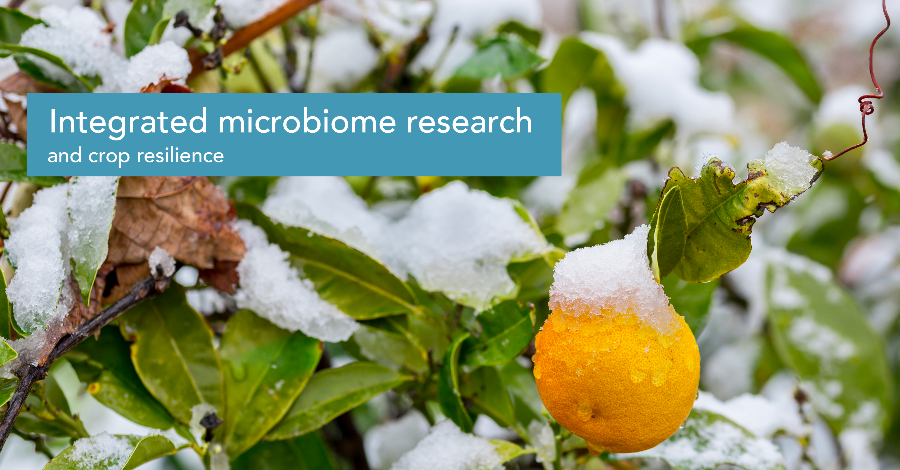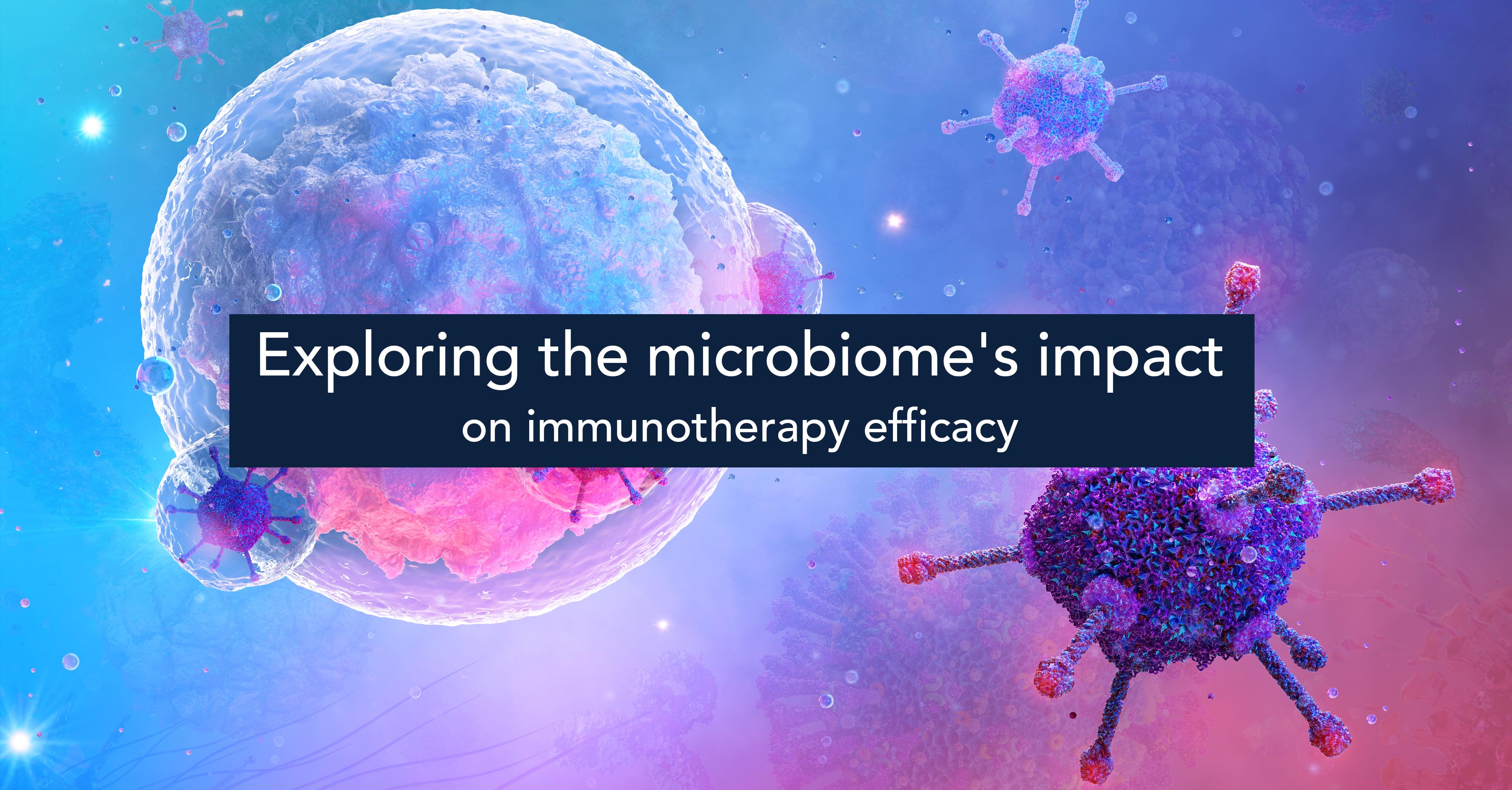Integrated microbiome research and crop resilience

So, it turns out that trying to tree-plant our way towards net-zero emissions and out of the climate crisis would just trigger another crisis. A new report from Oxfam warns that tree-planting would require so much land as to encroach on agricultural land and drive food prices up 80%.
Global food prices are already on the increase. In fact, this May recorded the fastest monthly increase in over a decade, despite record cereal production. A recent study has established that anthropogenic climate change has already contributed to a 21% drop in global farming productivity. A projected 1 to 2.5-degree increase in global temperatures will only compound the negative impacts of climate change on global crop yields with some estimates predicting a 30% decline in yields by 2050.
Climate change-led environmental stresses are expected to have a wide range of negative impacts on plant physiology metabolism, soil fertility and carbon sequestration, microbial activity and diversity that will cascade on to agricultural productivity and global food production.
As a result, climate-resilient agriculture and the development of climate‐resilient crops is becoming a critical priority to ensure agricultural productivity and food security.
Climate-resilient agriculture
Climate resilience, a central precept of climate risk management, is the ability of agricultural systems to adapt to, absorb and recover from the impacts of climate variability. The focus of climate-resilient agriculture (CRA) is on the sustainable use of natural resources to boost agricultural productivity over the long term and in the face of climate variabilities. Climate-resilient crops have a higher tolerance to biotic and abiotic stresses and are therefore capable of adapting to adverse climatic conditions brought about by climate change.
The adoption of climate-resilient crops to cope with abiotic stresses, such as drought, heat, flooding and salinity, has been steadily increasing over the past few decades with drought tolerance and water-use efficiency representing the most prevalent traits.
The challenge now is to develop the next generation of climate-resilient crops that can augment crop production and nutritional value while consuming fewer inputs and in more variable climatic conditions.
However, there is still a lot of uncertainty about the resilience of plants, soils, and associated microbes to climate change. A better understanding of the root/soil interface and associated microbiomes will be absolutely critical to achieving sustainable agricultural productivity and long-term food security .
Climate resilience and the microbiome
Today, the critical role played by plant and soil microbiomes in promoting plant growth, improving resilience to environmental stress and disease, and creating a productive and sustainable global agroecosystem is universally recognised.
However, research on these microbial communities has typically focused on specific microorganisms. Functional applications of plant-associated microbes have largely been limited to single strains to, for instance, offset fertilizer inputs.
There is a growing body of research behind the idea of the microbiome as an ‘extended genome of the plant.’ As a result, outcomes like crop growth and resilience are not just the result of simple binary interactions between a host and a specific or even a consortium of microbes. There has, therefore, been a paradigm shift away from single, specific microbes to a more holistic microbiome approach for enhancing crop productivity.
The key to realising this holistic approach is to develop a deeper understanding of these microbial networks and the key ecological and evolutionary interactions that can be harnessed for increasing climate resilience and agricultural productivity .
Decoding the microbiome – key challenges
Advances in multi-omics, high-throughput culturing, and computational and synthetic biology have significantly advanced our understanding of the structure and function of native microbial communities. For instance, there is a range of techniques – such as amplicon sequencing, metagenomics, metatranscriptomics, and metaproteomics – that are capable of revealing the composition, functions, and network interactions of plant microbiomes.
But there are still several key challenges to overcome before it is possible to engineer microbiomes at scale to enable specific outcomes such as increasing crop resilience or reducing agriculture’s carbon footprint.
Challenge I — Phenotyping the microbiome: Currently, high-throughput amplicon sequencing is the most effective approach to quantifying microbiomes. However, this approach quickly becomes cost-prohibitive when applied at scale to understand abundance, diversity, or traits of interest.
Challenge II — Translating microbiome composition/variation into function: Most research is still focused on the description of the taxonomic composition of the microbiome. Determining how community composition translates into function will therefore be critical to harnessing the potential of plant-associated microbiomes to sustainable agricultural practices.
Challenge III — Characterising microbiome signalling molecules: The final composition of a plant microbiome is the result of a sequence of intricate signalling between plants and microorganisms. A variety of microbiome signalling molecules are also responsible for network communications between plants and microorganisms. There is a need for more sensitive tools and advanced molecular approaches to accurately characterise these molecules.
Challenge IV — Decoding genotype-environment interactions: Since plant phenotypes play a significant role in influencing the establishment of microbiomes, genotype-environment interactions can have a degree of influence on complex plant traits. Since most microbiome experiments are performed in laboratory conditions, the effect of complex real-world environments on plant microbiomes is often passed over.
The overarching challenge, therefore, is to build a holistic perspective on the complex, bidirectional interactions that orchestrate the plant microbiome in both natural and managed environments.
Holistic, integrated microbiome research, with BioStrand
Another reason for the rather protracted progress in plant microbiome research, apart from its inherent complexity, is the choice of tools.
Though techniques such as amplicon-based sequencing can generate a lot of valuable knowledge, they do not provide mechanistic insights into host-microbiome interactions. And even if techniques like metatranscriptomics and shotgun metagenomics are extremely effective in understanding microbiome activity and function, there is still an exigent need for a comprehensive approach to microbiome research to conclusively link plant microbiome data to plant physiology, genetics, metabolism, and other host processes.
A holo-omics approach that combines plant-centric omics and microbe-centric techniques for the integrated analysis of data across multiple host and microbiota omic levels can help generate holistic, actionable insights of plant microbiome systems.
The BioStrand platform offers an integrated solution for microbiome research with a unified computing and inference framework to identify and define all complex biomolecular host-microbe interactions. Our unique HYFT™-based pangenomic knowledge base incorporates over a billion data points that enable the more efficient identification and analysis of specific microbiome interaction and functions at scale, and without losing any biological context or complexity in the process. Our best-in-class sequencing and annotation capabilities make it easier to extract insights even from low-quality plant reference genomes and streamline genomic and metagenomic research.
Learn more about how a European agrochemical innovator leveraged the BioStrand platform to quickly develop a microbial seed inoculant for sub-optimal soil conditions.
Subscribe to our Blog and get new articles right after publication into your inbox.
Subscribe to our blog:






